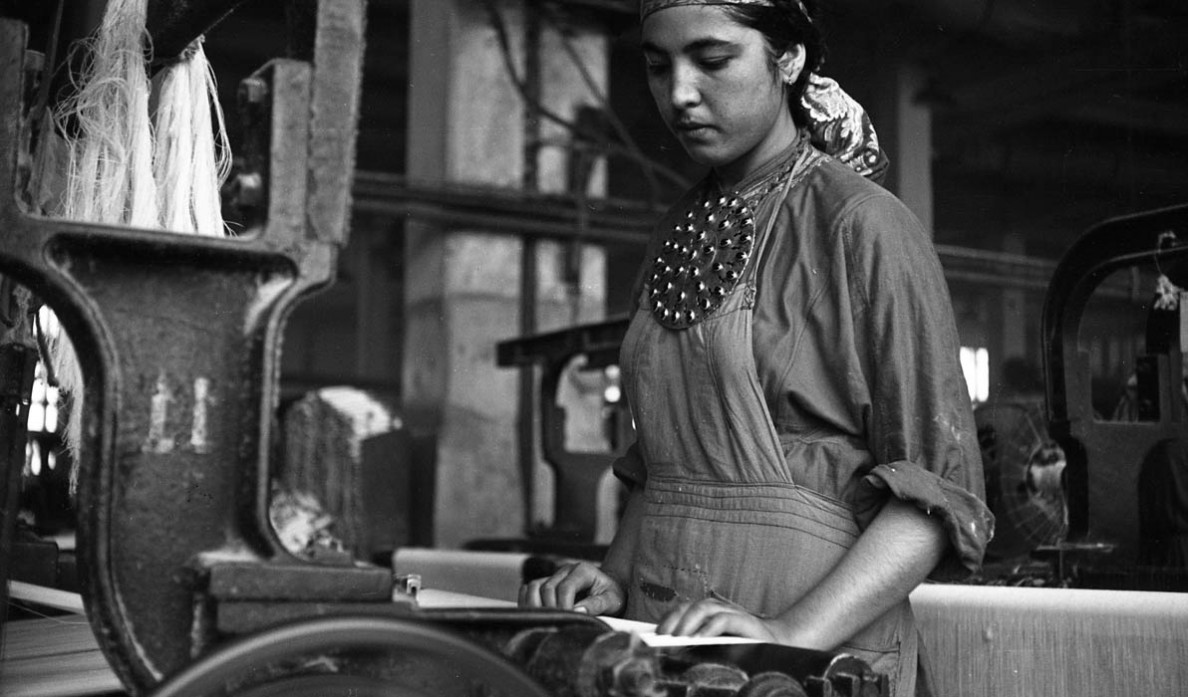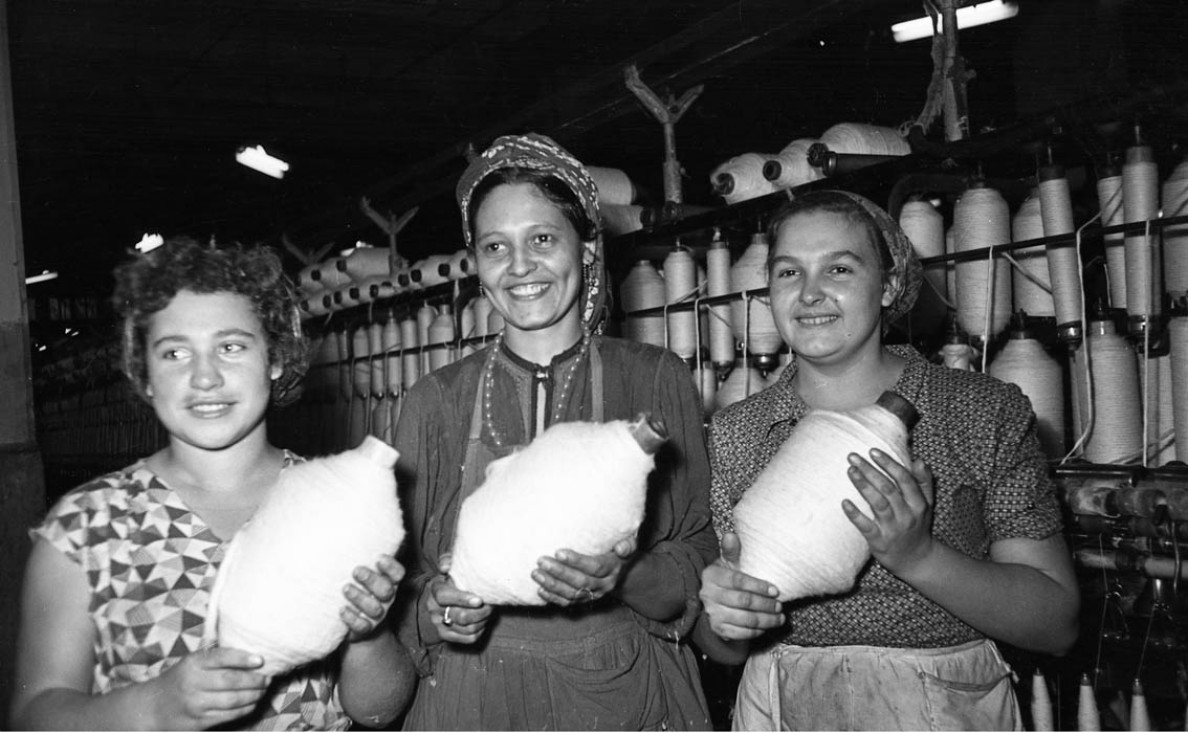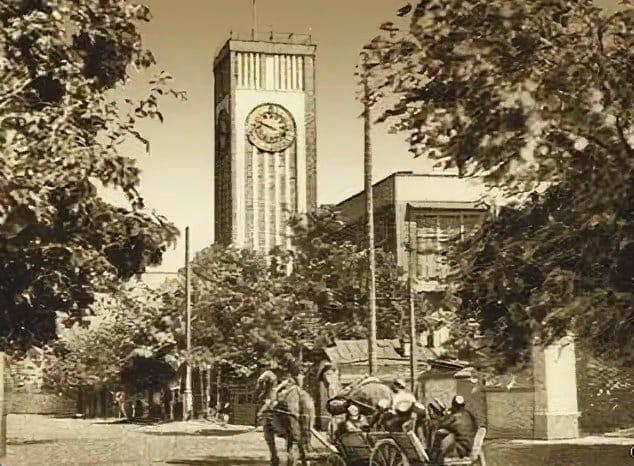On the eve of the 140th anniversary of our city, with the assistance of public organizations of the country, excursions were organized to the Ashgabat cotton mill, as the oldest industrial enterprise in the capital, to familiarize Ashgabat residents with the history of textile production. This was reported by “Turkmenistan: Golden Age”.
The Ashgabat Cotton Mill laid the foundation for the industrialization of Turkmenistan. National personnel for light industry were trained here.
It was decided to build a spinning and weaving factory in Ashgabat in 1922. The construction itself began 5 years later. On November 19, 1929, the opening of the new building took place.
The young republic did not have funds, so the mill was built on the basis of the Reutov spinning mill, and two weaving enterprises located in the Vladimir and Ivanovo-Voznesensk regions of Russia were leased to the “Turkmen State Manufactory Trust”, as well as the Reshetnikovskiy peat extraction plants, since the factories were operating on peat fuel.
Two years before the opening of the factory, they began to train national personnel.

Already in 1930, 547 workers worked at the factory, but still there was an urgent need for engineers, technicians, foremen, shuttle traders, electricians, mechanics. To staff the production with professionals, they began to invite specialists from those enterprises where Turkmen youth were trained at one time. Reutov workers who were the first instructors of the Turkmen workers who were trained in the Moscow region - K. Budalova, married copule of Lalelschikov, V. Bulkina, N. Kazakova, V. Harybina, K. Hromova and others - came to Ashgabat at the invitation to work. This allowed in the future to establish training on the spot.
During the Great Patriotic War, women replaced almost all male specialists who went to the front. In 1942, out of 1,133 workers in the factory, there were 800 women.
Experienced specialists trained newcomers, sometimes continuing to service twice the norm of machines. Their names are inscribed in the chronicle of the war years: S. Pogorelchuk, P. Bochkarev, H.Petrovskaya, K. Nushtaeva, M. Mamedov, A. Annamuradov, weavers A. Rakova, A. Yeronina, A.Sheluhina. It was with their help that the production of a new assortment of fabrics needed by the country in wartime was established.

In 1943, a Turkmen delegation headed by the director of the factory D. Saparmuhammedova, despite the incredible difficulties associated with the blockade of Leningrad, crossed Lake Ladoga and personally presented gifts to the defenders of the besieged city.
The devastating earthquake of 1948 caused serious damage to the factory - it was not operational for three months. Technological equipment was severely damaged by the crushing shocks, and many spinning machines were displaced from their foundations. A large amount of restoration work was required. The Ashgabat people were greatly helped by engineers and mechanics from Ivanovo and Moscow regions, the Tashkent textile mill, who arrived in the first days after the earthquake. They repaired and installed damaged spinning machines and weaving machines. For days, people did not leave the factory, restoring the destroyed, and already on January 1, 1949, the first loom was launched a month ahead of schedule.
The famous plant with a very rich history is still in operation today. Here they continue to produce cotton fabric, knit socks, produce synthetic sintepon.
Photos from “Turkmenistan: Golden Age” are used in the text.

